I know that shabaz has mentioned Polydoh in several blog entries. I have always been interested in this product, so earlier this year I ordered some. I have been waiting for a suitable project to try it out and today I have finally come up with a need. First some background.
Over the past couple of years, I have been working on a solar power water feature (bird bath/watering station) for our back yard. I am not finished, but I am getting very close. Now, when I want a fountain/birdbath, I don't go down to a home improvement store and buy one, no I design and build my own. Here are some pictures of the nearly complete fountain/birdbath:
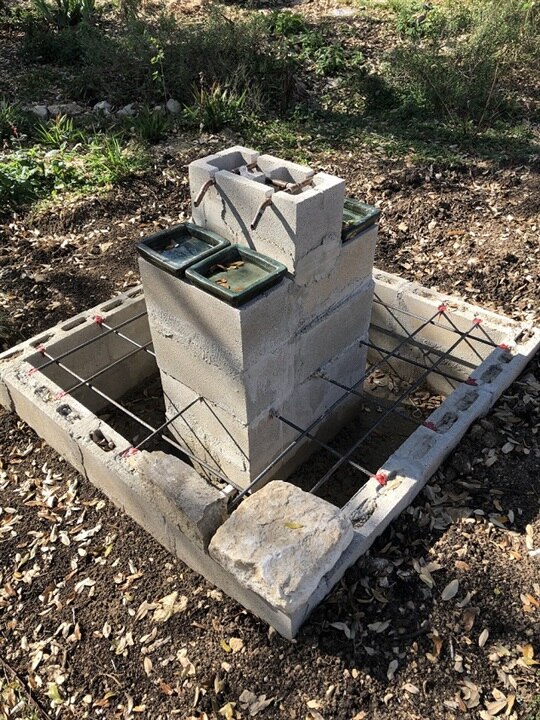
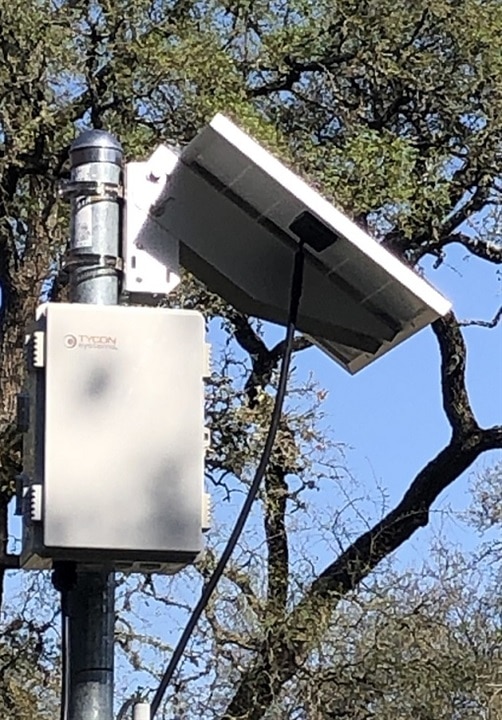
The Solar system is a 35W panel with 12V 18Ah batteries. I am adding a wireless controller to the system to allow for datalogging and control of the pump module embedded into the fountain. The wireless link is eOcean 902Mhz.
Today, I am working on a temperature/humidity sensor that I adding to the solar charging system. I have purchased an AHT21 with a I2C interface, that I want to imbed into a 1/2" PVC connector that will be mounted into one of the cable entry holes on the charger encloser. I want to mount the sensor into the connector, which will be facing downward, preventing direct rain penetration, but allowing temperature and humidity sensing. Here are some images of the sensor mounting into the connector:
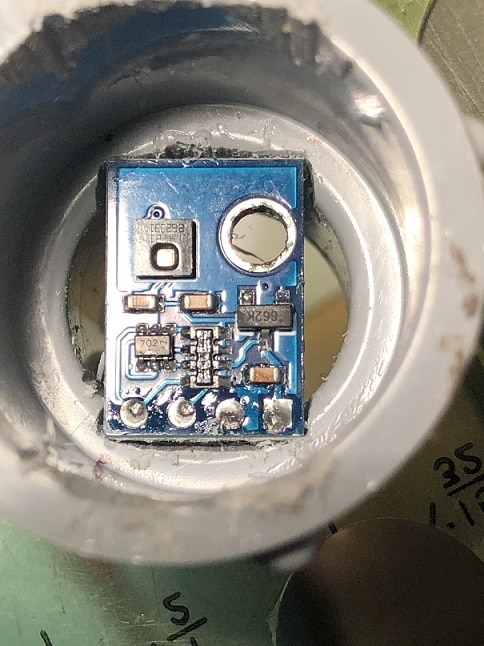
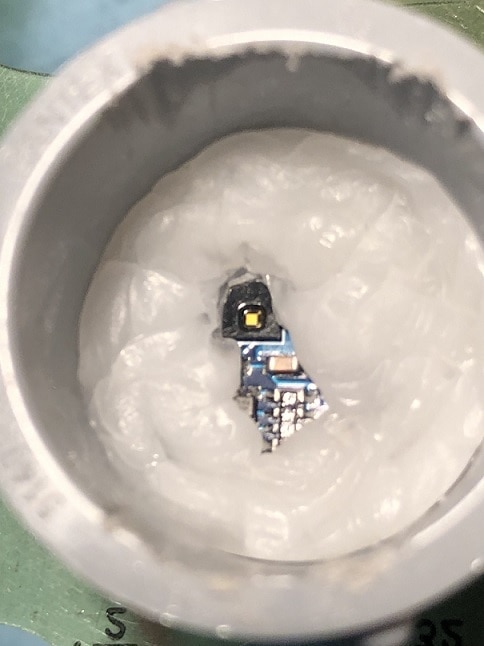
I slightly notched the inside of the PVC connector to accept the sensor PCB. I then melted my polydoh and filled the backside of the connector and carefully added polydoh to the front side of the connector, over the PCB, but leaving the sensor open. The polydoh molded easily and hardened very nicely. My first attempt, I was working to carefully and did not apply enough to firmly seat the sensor into the connector. I re-heated the polydoh in the microwave and then applied much more generous amounts to both the front and back of the connector, this time getting the polydoh to completely surround the PCB and lock the sensor into place.
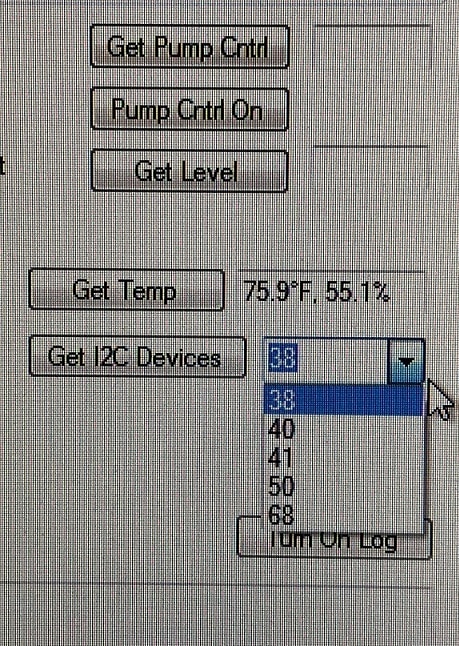
I then took a really crappy picture of my workstation screen (PC with an attached eOcean transceiver) to talk to the Solar Controller module to query the attached I2C devices and read the sensor data (and converted the data into readable values). No to clear, but the readings were 75.9F and 55.1%, which correlated the thermostat readings.
I was very pleased with the Polydoh. I can see this as becoming yet another tool to use in building and repairing projects in the future.
